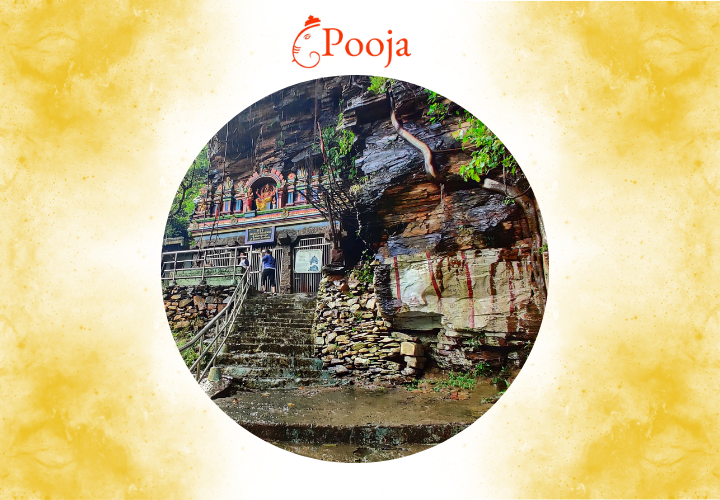About this puja
The Mallikarjuna Swamy Temple at Srisailam stands as a testament to the enduring faith and devotion of millions of devotees. Its rich history, architectural grandeur, and profound spiritual significance make it a vital pilgrimage site, reflecting the deep religious heritage of India.
The Narasimha Swamy Temple in Ahobilam, nestled amidst the picturesque Nallamala Hills of Andhra Pradesh, India, holds a deep historical significance intertwined with mythological tales of valor and devotion.
Mythological Origins and Story
Legend of Prahlada and Hiranyakashipu
The temple's genesis is rooted in the legendary tale of Prahlada, a devoted follower of Lord Vishnu, and his tyrant father, Hiranyakashipu. Despite Hiranyakashipu's relentless efforts to eradicate Vishnu worship, Prahlada's devotion remained unshakable. Enraged, Hiranyakashipu subjected Prahlada to various tortures, but he remained steadfast in his devotion to Lord Vishnu.
Emergence of Narasimha Avatar
In a dramatic turn of events, when Hiranyakashipu demanded proof of Vishnu's existence from his son, Prahlada pointed to a pillar, asserting that Vishnu resided everywhere, even in the pillar. Incensed by this defiance, Hiranyakashipu struck the pillar, and to his astonishment, Lord Vishnu manifested in his fierce form as Narasimha, a half-man, half-lion avatar. Narasimha emerged from the pillar at dusk, a time that was neither day nor night, and carried Hiranyakashipu to the threshold of the palace, where he slew him with his claws, fulfilling the boon granted by Brahma.
Significance of Ahobilam
Ahobilam is believed to be the place where this divine encounter between Narasimha and Hiranyakashipu took place. The name "Ahobilam" itself is said to have originated from the Sanskrit words "aho" meaning great and "bhilam" meaning cave, alluding to the grand cave where the Narasimha avatar appeared. This event symbolizes the triumph of good over evil and the protection of devotees by the divine.
Historical Development
The history of the Ahobilam temple complex traces back to ancient times, with references found in Puranas and historical texts. The temple saw significant patronage during the reign of various dynasties, including the Chalukyas, Cholas, and Vijayanagara Empire. These rulers made substantial contributions to the temple's architecture and endowment, enhancing its prominence as a major pilgrimage site.
Architectural Splendor
The Ahobilam temple complex boasts a blend of architectural styles, reflecting the cultural influences of different periods. The nine temples dedicated to Narasimha are spread across the upper and lower regions of the Nallamala Hills, each showcasing exquisite carvings, majestic gopurams, and intricate sculptures. The temples are situated amidst lush greenery and serene landscapes, creating a tranquil and spiritually uplifting atmosphere for devotees.
Spiritual Significance and Pilgrimage
The Narasimha Swamy Temple in Ahobilam holds immense spiritual significance for devotees seeking the blessings of Lord Narasimha for protection, prosperity, and liberation. Pilgrims undertake the challenging trek through the hills to visit all nine temples, a journey considered highly auspicious and spiritually rewarding. Each temple is associated with a unique legend and aspect of Narasimha, offering devotees diverse opportunities for worship and devotion.
Continued Reverence
Even today, the Narasimha Swamy Temple in Ahobilam continues to inspire millions of devotees with its rich history, architectural grandeur, and profound spiritual significance. It stands as a timeless symbol of faith, devotion, and the eternal victory of good over evil, perpetuating the legacy of Prahlada's unwavering devotion and the divine manifestation of Lord Narasimha.
Comments (0)

.png)







